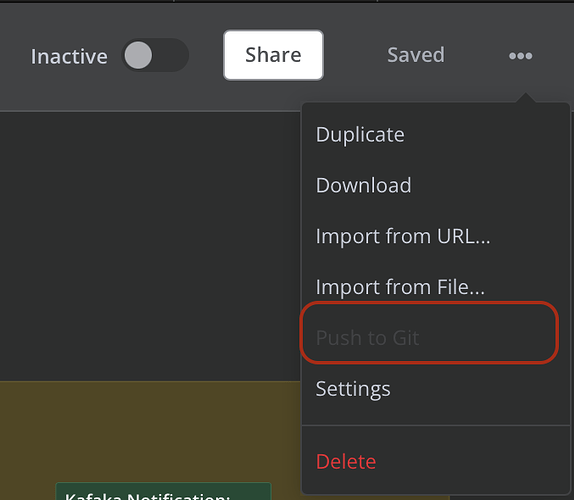Dear n8n Team,
I am writing to propose enhancements to the n8n workflow format that could significantly improve usability and readability, particularly when workflows are stored, reviewed, and managed through version control systems like GitHub. These improvements are aimed at making the workflow code easier to read and review, especially for complex workflows that need to be managed by larger teams and include custom scripts or extensive text blocks (for example in SQL nodes, etc).
1. Multi-Line JSON Arrays for Text and Code Blocks
Currently, when defining workflows in JSON format, text and code blocks must be represented as single-line strings, often including \n to denote line breaks. This format can be cumbersome and error-prone when reviewing complex scripts or lengthy text content. I propose an alternative where such content can be expressed as arrays of strings, with each array element representing a line of text or code.
Example:
{
"type": "FunctionNode",
"parameters": {
"functionCode": [
"const results = [];",
"for (let i = 0; i < 5; i++) {",
" results.push({ value: i });",
"}",
"return results;"
]
}
}
This representation would allow for each line of code to be distinctly visible and editable, enhancing clarity and making version control diffs cleaner and more meaningful.
2. Cleaner Option: YAML Format with Literal Style (Pipe Option) for Workflow Definitions
In addition to JSON, supporting YAML for workflow definitions could provide an even more readable format, especially using the literal style denoted by |. This style preserves new lines and indentation, making it ideal for embedding scripts, SQL queries, or extensive configuration data within workflows.
Example:
type: FunctionNode
parameters:
functionCode: |
const results = [];
for (let i = 0; i < 5; i++) {
results.push({ value: i });
}
return results;
The YAML literal style not only enhances readability but also aligns with common practices in software development, where YAML is widely used for configuration files.
Benefits:
Enhanced Readability: Both enhancements make the workflows easier to read and understand at a glance, which is crucial for new team members or external reviewers.
Simplified Version Control: Changes to workflows are easier to track and review in version control systems, promoting better collaboration and code quality.
Reduced Errors: More readable formats can help reduce errors in editing and updating workflows, as the structure and flow of the code or text are clearer.
We believe these enhancements will make n8n even more user-friendly and maintainable, especially for teams that manage complex workflows.
